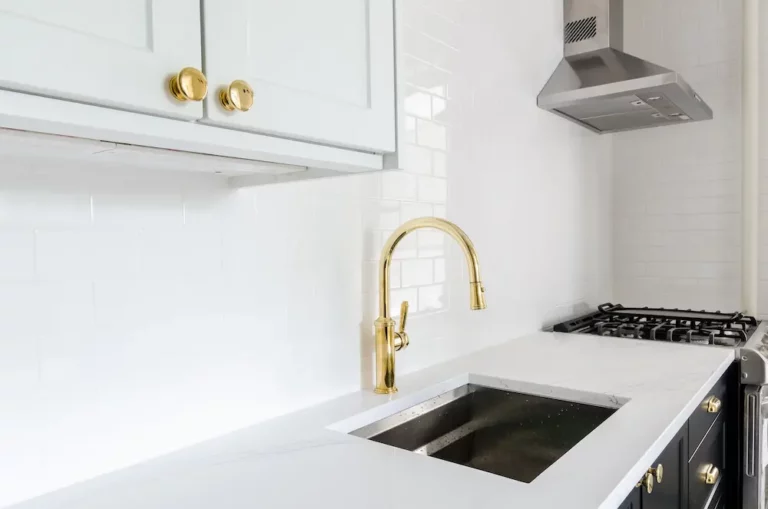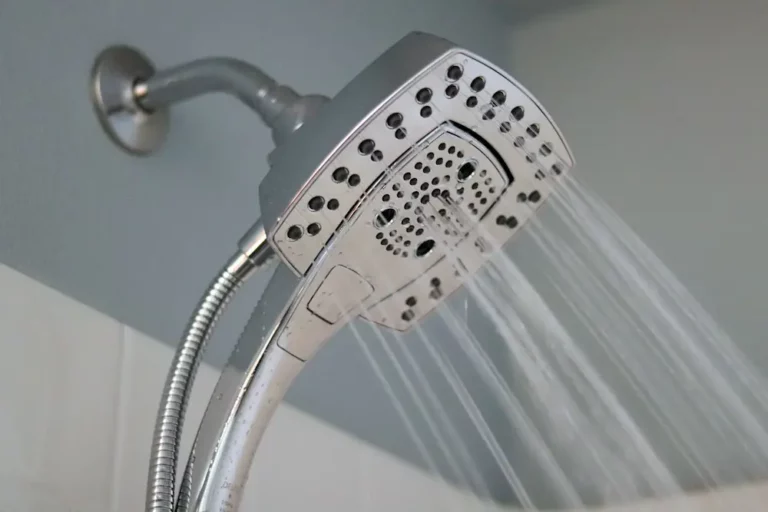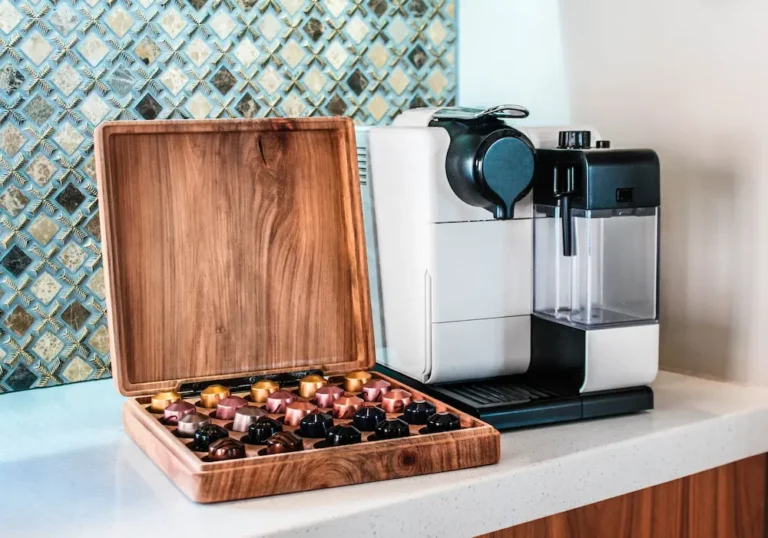Can You Paint a Plastic Bathtub? Yes, Here’s How & Why Sealant Matters
Ever found yourself staring at an old, discolored plastic bathtub, wondering if there’s a way to breathe new life into it without breaking the bank? I’ve been there, and let me tell you, the answer might surprise you. The idea of painting a plastic bathtub can seem daunting at first, but it’s a game-changer for those looking to refresh their bathroom on a budget.
Diving into this project, I learned a few key insights that could save you time, money, and a whole lot of hassle. Whether you’re dealing with a bathtub that’s lost its sparkle or simply craving a change, stick around. I’ll walk you through what I discovered about painting plastic bathtubs, from the best paints to use to ensure a finish that lasts.
Preparing the Bathtub for Painting
Preparation is key when embarking on the adventure of painting a plastic bathtub. I’ve learned the hard way that diving straight into painting without proper prep can lead to a less-than-desirable finish. So, let’s get our bathtubs ready for their makeover with two crucial steps: cleaning and sanding.
Cleaning the Surface
The first step in preparation is ensuring the tub’s surface is immaculately clean. I always start with a caulk removal tool to strip away any old caulk that’s clinging stubbornly around the edges. It’s surprising how much grime can accumulate under these areas! Next on my list is a thorough scrubbing session with a reliable abrasive cleanser and a sponge. This combo works wonders in breaking down soap scum, mildew, and any other residue that has made the surface its home over the years.
Once the physical dirt is taken care of, I follow up with acetone. Not only does it remove any remaining grease or oil, but it also helps in ensuring the surface is completely devoid of substances that could interfere with the paint adhering properly. Remember, the goal is a clean canvas, and nothing less will do if you’re aiming for a lasting finish.
Sanding the Bathtub
After cleaning comes the sanding–and yes, it’s as important as it sounds. Skipping this step is tempting, especially when I’m eager to see the transformation, but I’ve found that sanding is non-negotiable for a smooth outcome. It’s all about creating the right texture for the paint to grip onto. For plastic bathtubs, I use 400-grit wet/dry sandpaper to start, followed by a finer 600-grit wet/dry sandpaper to smooth things out just right.
It’s crucial to sand evenly across the entire surface. Uneven sanding can lead to a patchy look, which is the last thing anyone wants after putting in so much effort. Patience truly is a virtue during this stage. The aim is to achieve a slightly rough texture that feels like a canvas ready to hold onto the paint. It might seem counterintuitive to make the surface rough, but believe me, it’s the secret ingredient for a finish that not only looks professional but lasts, too.
Priming the Bathtub
Priming is a step that should never be overlooked when painting a plastic bathtub. I’ll delve into why it’s essential and follow up with some practical advice on how to apply primer for the best results.
Importance of Primer
Primer isn’t just an extra layer of paint. It performs several critical functions that directly contribute to the durability and appearance of your painted bathtub. First and foremost, primer helps the paint adhere to the plastic surface, creating a bond that’s crucial for preventing peeling and flaking. Considering the smooth and non-porous nature of plastic bathtubs, this adhesion is vital.
Additionally, primer serves as a protective layer for the bathtub. It can seal the surface, which is particularly important if you’ve made any repairs with epoxy putty or other tub repair products. This sealing action ensures that repairs blend seamlessly into the rest of the tub’s surface.
Another point worth mentioning is that primer can improve the paint outcome. It creates an even base that enhances the color and shine of the topcoat. Given the harsh conditions in a bathroom, including moisture and temperature fluctuations, primer can significantly extend the lifespan of the paint job.
Primer Application
Applying primer correctly is as important as choosing the right type. Before reaching for that paintbrush, it’s crucial to make sure the bathtub’s surface is perfectly clean and dry. Any moisture, dust, or residue could hinder the primer’s ability to adhere properly.
Once the tub is prepared, I usually begin by applying a thin, even layer of primer using a high-quality paintbrush or roller. It’s important to avoid the temptation to lay it on too thickly in the first go. A thicker layer won’t necessarily mean better protection; in fact, it can lead to drips or an uneven surface that will only create problems down the line.
For best results, I let the first coat dry completely before assessing whether a second coat is needed. Checking the manufacturer’s instructions on drying times helps me avoid any guesswork. If the surface appears uniformly coated and the original bathtub color is fully obscured, one layer might be sufficient. However, if there are patches where the old surface is peeking through, I don’t hesitate to apply a second thin coat.
Throughout this process, ventilation is key. I always make sure to work in a well-ventilated area, not just for my safety but also to help the primer dry more efficiently. This careful preparation sets the stage for a final paint job that’s not only impressive in looks but also in longevity and resistance to common bathroom wear and tear.
Painting the Bathtub
After ensuring the surface of the bathtub is primed and ready, it’s time to dive into the actual painting process. Painting a plastic bathtub may sound daunting, but it’s a manageable task with the right tools and approach. This part of the project is where things start to visually transform, and the real fun begins.
Choosing the Right Paint
When it comes to selecting the right paint for a plastic bathtub, not just any paint will do. Epoxy-based paint is my go-to choice because it’s specifically designed for applications in wet areas and has excellent adherence properties on plastic surfaces. The durability and water resistance of epoxy paint makes it ideal for the bathroom environment, ensuring the paint job lasts for years.
There are two main types of epoxy paint to consider: one-part (pre-mixed) and two-part (ready-to-mix). The one-part is convenient and easier to use, which is perfect if you’re looking for a straightforward application. On the other hand, two-part epoxy provides a tougher finish but requires proper mixing before application. I’ve found that carefully following the manufacturer’s instructions is crucial for the best outcome, regardless of the type you choose.
Paint Application
Applying paint to a plastic bathtub requires patience and attention to detail. Here’s how I tackle this part of the project:
- Beginning with a clean slate, make sure the tub is free of dust, debris, or any moisture. I use a tack cloth to wipe down the surface one last time before painting.
- Using the right tools is key. I prefer using a high-quality paintbrush for the edges and hard-to-reach areas and a foam roller for the larger surfaces. This combination helps achieve a smooth, even coat without brush marks.
- Applying thin coats is better than one thick coat. I start with a thin layer of epoxy paint, let it dry completely according to the manufacturer’s instructions, and then apply a second coat if necessary. This ensures even coverage and reduces the risk of drips or sags.
Patience during the paint application process pays off with a stunning, smooth finish that rejuvenates the entire look of the bathroom. Remember, the drying time varies depending on the paint type and the bathroom’s humidity levels, so allowing adequate time for the paint to cure fully is vital.
Finishing Touches
Applying Sealant
After I’ve finished painting my plastic bathtub and it’s looking as good as I’d hoped, it’s crucial not to skip the very important step of applying sealant. This is where the magic really happens in protecting that hard-earned finish. I always make sure to use a water-resistant epoxy sealant, as it forms a protective barrier over the paint. The process is pretty straightforward but requires a steady hand and a bit of patience. I start by carefully applying the sealant along the edges and then fill in the larger areas using a clean brush or roller. It’s important to cover every inch of the painted surface to ensure a watertight seal. The goal is to prevent moisture from seeping in, which could potentially damage the paint below.
Curing Time
Patience truly becomes a virtue. The curing time is a vital part of the refinishing process, yet it’s where I find it most tempting to rush. However, I’ve learned from experience that giving the sealant and paint ample time to cure is non-negotiable for the best results. The standard curing time for epoxy-based sealants is about 48 to 72 hours, though I always refer to the manufacturer’s instructions since times can vary based on the product. During this period, I avoid using the bathroom the tub is in, keeping the space as dry as possible. Moisture is the enemy here, as it can prevent the sealant from setting properly, leading to potential issues down the line. Once the curing time has passed, I inspect the surface to make sure it’s completely hardened before using the bathtub. This waiting game might feel like a challenge, but it’s absolutely worth it for a smooth, durable finish that looks professionally done.
Conclusion
Painting a plastic bathtub isn’t just a pipe dream. With the right approach and a bit of patience, you can breathe new life into an old tub. Remember, the key to a lasting finish lies in the details—like ensuring your paint and sealant are properly applied and given enough time to cure. It’s these steps that make all the difference between a quick fix and a stunning transformation. Trust me, the effort is worth it when you see the final result. Happy painting!
FAQ – Frequently Asked Questions
Is painting a bathtub a good idea?
Painting a bathtub is a viable option if it’s in good condition and you wish to save costs and reduce landfill waste. However, it’s not advisable to paint bathtubs that are rusty, leaky, or have mold issues.
Can you resurface a plastic bathtub?
Yes, you can resurface a plastic bathtub. The process involves an initial chemical cleaning to eliminate residues like soap scum and body oils. Following this, any cracks or chips should be filled and sanded smooth to prepare for refinishing.
How do you make a plastic bath look new?
To make a plastic bathtub look new, mix hydrogen peroxide with baking soda to create a cleaning paste (in a ratio of 1:2). Apply this paste on tough stains and allow it to sit for around 60 minutes before rinsing.





